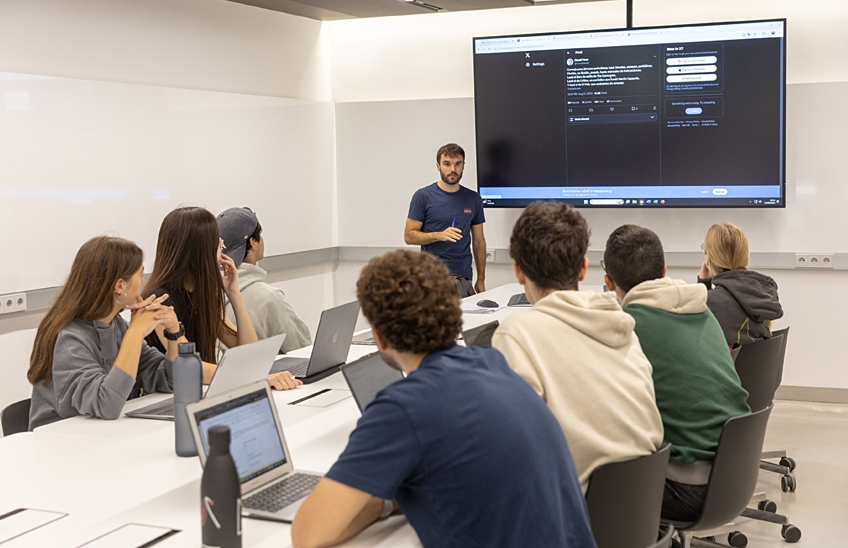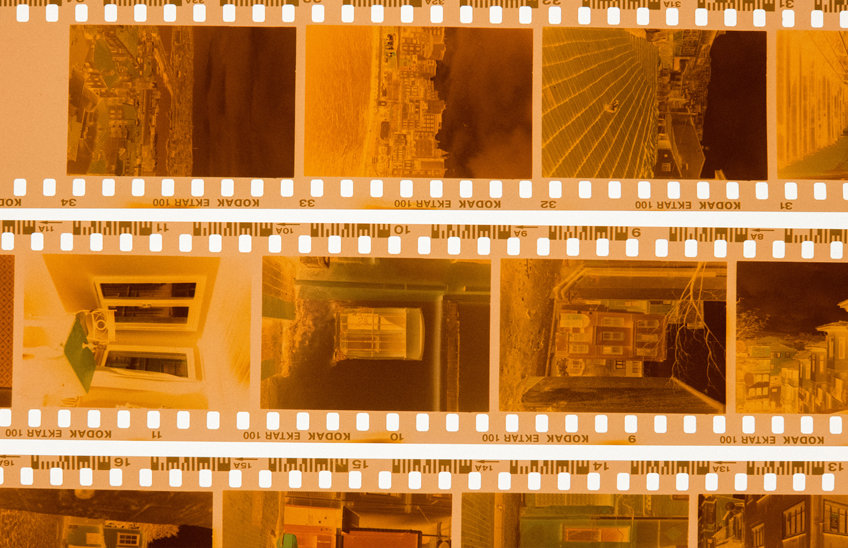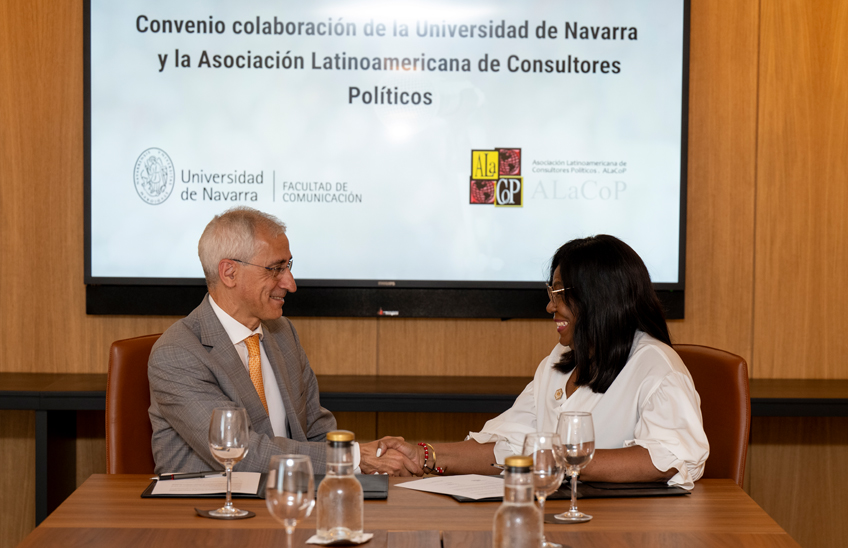Territories of report: the story of terrorism at the center of the discussion
Victims, communicators and experts quotation at the University to reflect on how to narrate terror and preserve its memory

PhotoManuelCastells/
07 | 11 | 2025
Territorios de report' was the degree scroll of the fourth edition of the workshop Contar el Terror, held on November 6 at the School of Communication of the University of Navarra, in Pamplona. The event was jointly organized by the Victims of Terrorism Memorial Center, the Victims of Terrorism Foundation and the University itself, with funding from the Government of Navarra. The quotation brought together victims, journalists, filmmakers and academics around the same question: How to tell the story of political violence without forgetting those who suffered it?
The dean, Charo Sádaba, in charge of opening the workshop, defined this year's program as "a space for reflection, testimony and analysis that brings together essential voices to deepen our understanding of how political violence has marked our societies and also our narratives on social identity. María Zarauz, General Manager Director of the Victims of Terrorism Foundation, stressed the fundamental role of communicators in transmitting knowledge about terrorism and its effects. "Information professionals have been direct witnesses of tragedies that have marked our history, and their work has result core topic to preserve the report the victims," she said. For his part, Gaizka Fernández, research manager of the Victims of Terrorism Memorial Center, recalled the murder of journalist José Luis López de Lacalle in 2000 to emphasize to the students that "no matter how much the fanatical groups insist on restricting freedom of expression, they will not succeed".
The meeting continued with a dialogue between Alejandro Ruiz-Huerta, retired professor of Constitutional Law at the University of Cordoba and survivor of the attack on the Atocha labor lawyers, and María Jiménez, professor at the School of Communication. In their conversation, Ruiz-Huerta, author of the book Violencia, compasión, report, recounted how he experienced what happened on January 24, 1977, when an extreme right-wing commando assassinated five labor lawyers from the Atocha 55 office and wounded four others, of whom Ruiz-Huerta is today the only one still alive. "We were not superheroes, but lawyers committed to the Spain of the Transition," he said. He stressed how over the years some people have questioned his account of what happened. In view of this, Ruiz-Huerta, paraphrasing his colleague and fellow survivor Miguel Sarabia, invited those present to remember the victims of violence: "You have to say their names slowly because, by saying them, history makes sense and brings the Universe into harmony".
Towards the end of the conversation, Professor Jiménez read an excerpt from the book in which Ruiz-Huerta reflects on the capacity of compassion to provide a revolutionary response to violence. The lawyer added that, over the years, he had begun a path towards compassion that has generated in him "the need to consider that the Atocha murderers had some rights and, therefore, have the right to a second chance".
Next, the round table entitled 'The Middle East, epicenter of terror', moderated by Professor Aurken Sierra, focused on the conflict in Gaza and the difficulty of the international press to cover what is happening inside the Strip. Participating in the discussion were journalists Mikel Ayestarán, freelance in the Middle East, and Beatriz Lecumberri, who works for the International section, as well as Sonia Sánchez, professor of International Relations and expert on the Middle East at the Francisco de Vitoria University.
In terms of information, Ayestarán and Lecumberri agreed on the importance of humanizing the stories of the victims and having local sources. "I insist a lot on the need to put names and surnames to people," said Ayestarán. The journalist emphasized the power of social networks to tell everyday stories of war and mentioned the coverage "Gaza Menu", in which he himself has shown daily on his Instagram account the plate of food of a Gazan family. Thanks to this project, he won the Ortega y Gasset 2025 award for the best multimedia coverage. In addition, both Ayestarán and Lecumberri highlighted the work of the Gazan journalists who, from the inside and despite the risk to their own safety and that of their families, manage to report the day-to-day life of the war. "The journalists in Gaza, in order to be able to report at this time, are going through difficulties that are difficult for us to imagine when we are here. They suffer from hunger and they tell the story of hunger. They suffer from displacement and they tell about displacement. They are afraid and they try to describe that fear. They are not journalists who go to the hotel at night to rest or have a clean bed. They are storytellers and victims and that changes everything," concluded Lecumberri.
Sanchez gave the table a more analytical layer. In addition to trying to see the conflict from all the edges surrounding the war, such as geopolitical tensions, the professor raised a discussion on why there are conflicts that are more visible than others and the role of the victims in geopolitics. "Terror in the Middle East cannot be understood if it is not interpreted within the balances of power that exist in the region," she stressed.
To conclude the workshop, the University of Navarra Museum hosted the screening of the film Un fantasma en la batalla ( Netflix), which tells the story of a young civil guard who infiltrates ETA for twelve years. Afterwards, director Agustín Díaz Yanes, producers Sandra Hermida and Belén Atienza, and Andrés Gertrúdix, one of the leading actors, participated in a colloquium moderated by Pablo Castrillo, professor at the School of Communication. The conversation revolved around how to narrate terror and preserve the report from the cinematographic language. Díaz Yanes highlighted the challenge of telling local stories for global audiences, as the film on Netflix has been released in 190 countries: "The task was not easy, you have to make everything understood from the feelings, which are human".
For his part, Gertrúdix referred to the difficulties of dealing with political violence on the big screen. He affirmed that "it is a symptom of democratic health that there are people who can demonstrate and nothing happens, and we are talking about how the Civil Guard put an end to the dumps and brought about the end of ETA. As long as there is no violence, the disparity of opinions is what enriches a democratic society".




